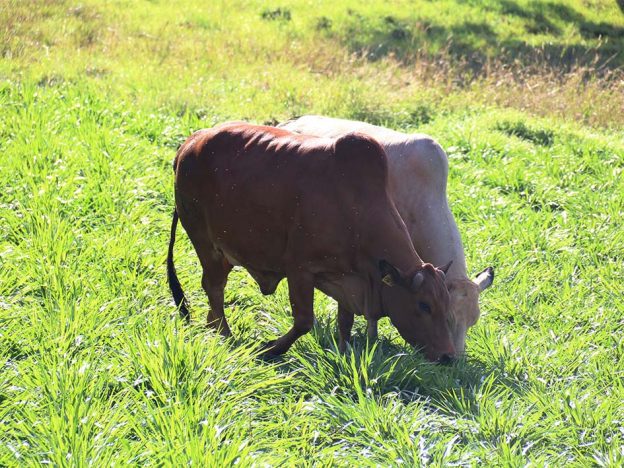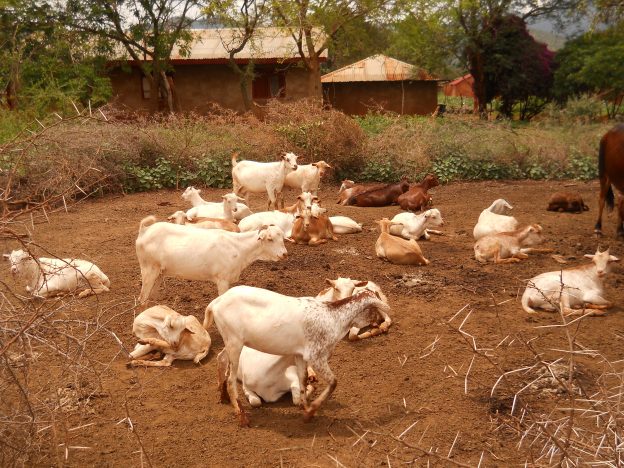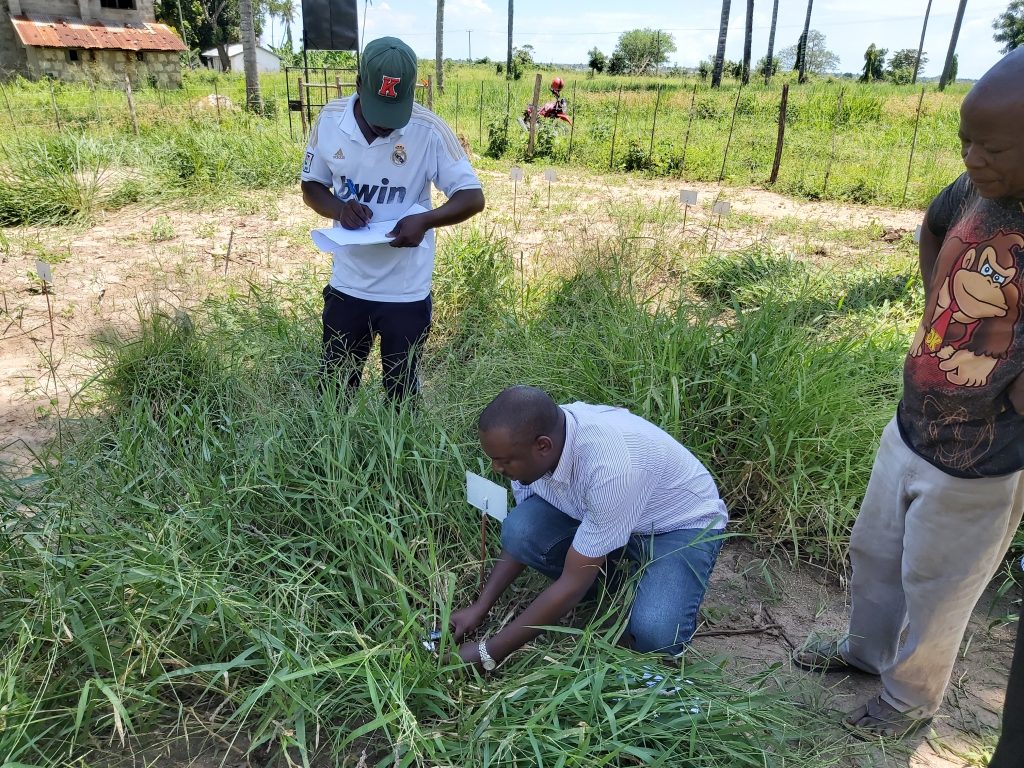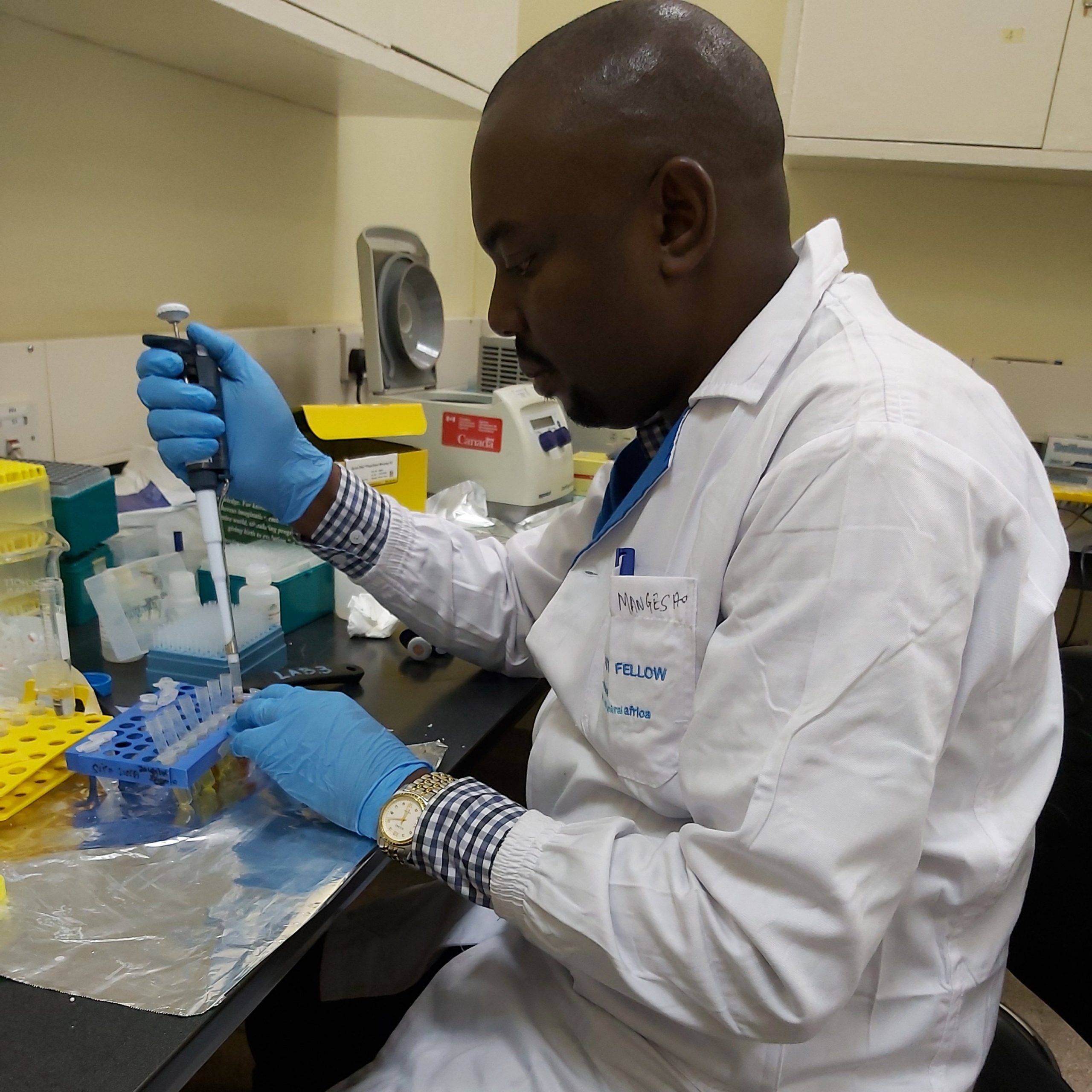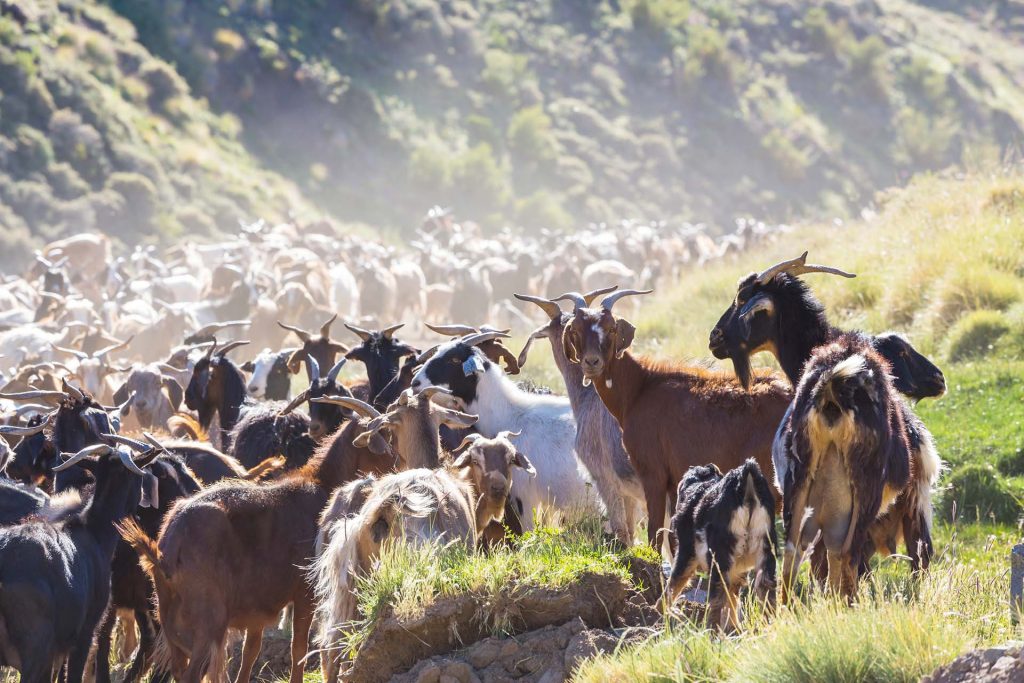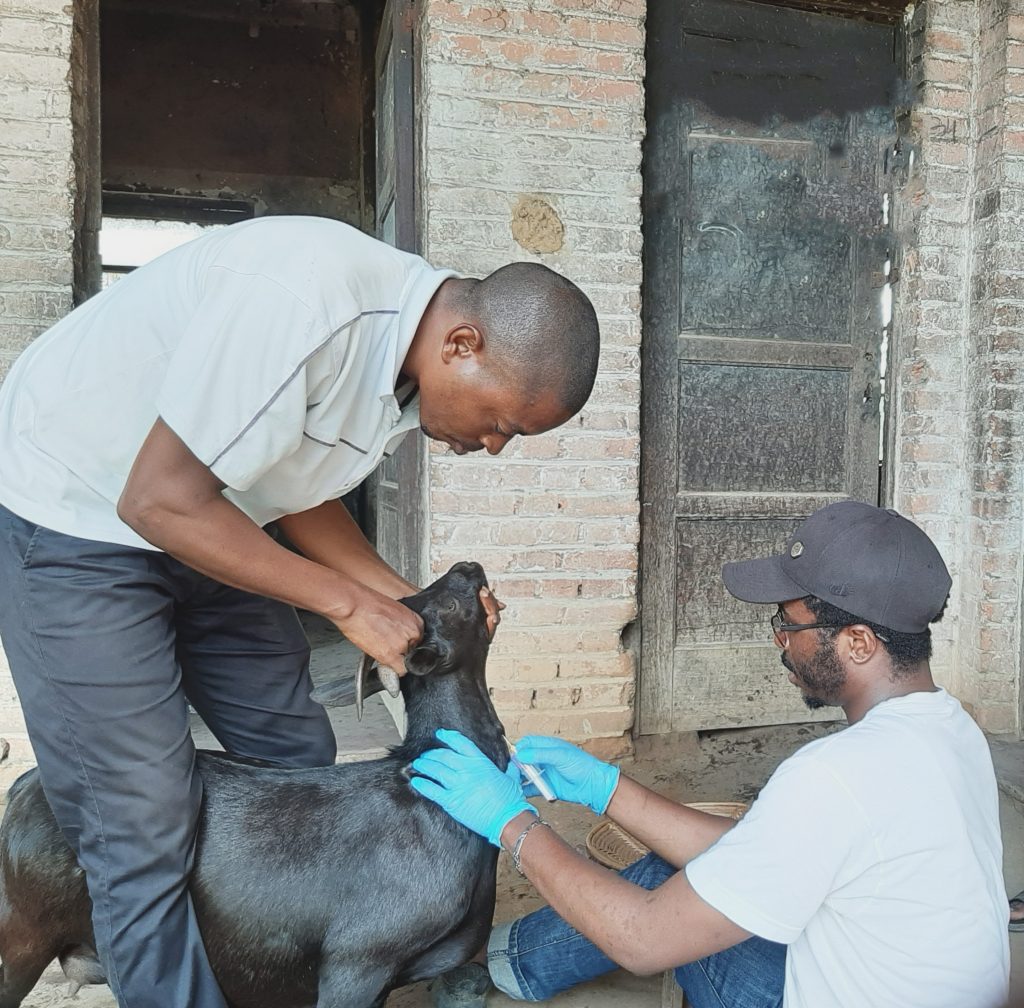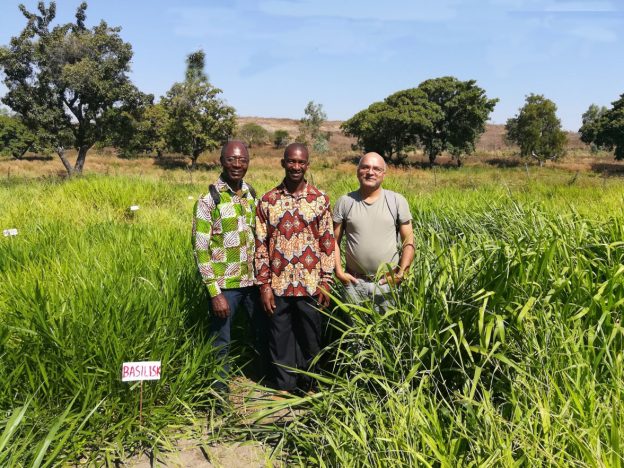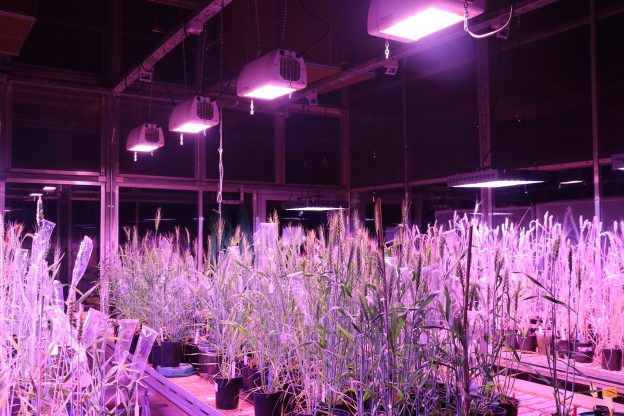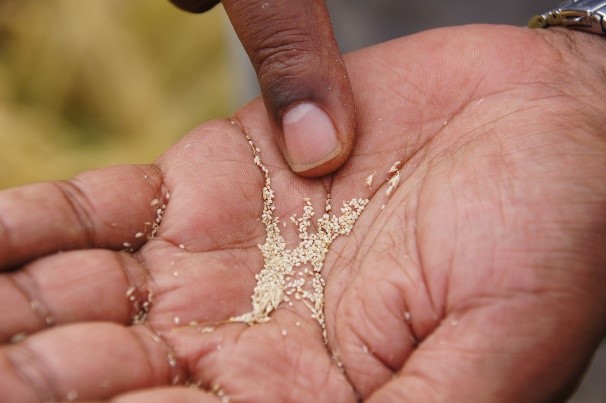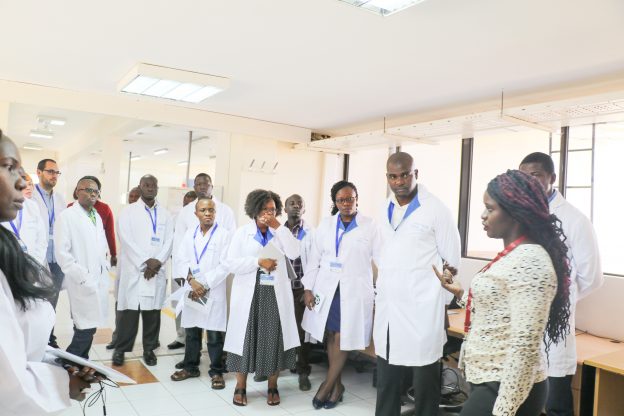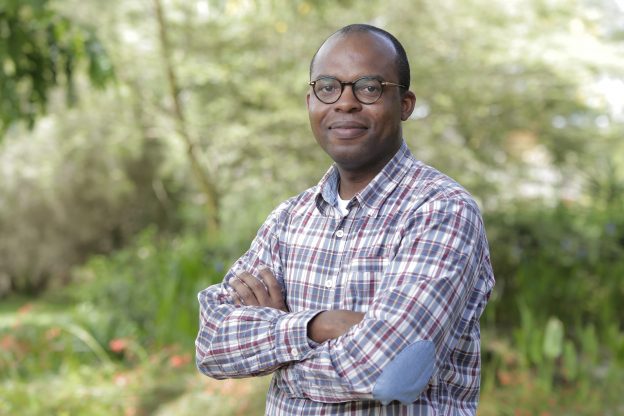In this interview, Mwihaki Mundia, BecA-ILRI Hub’s Communications Officer, sits down with Sita Ghimire, who heads the Brachiaria research and development program at the Biosciences eastern and central Africa – International Livestock Research Institute (BecA-ILRI) Hub, to talk about the origins of this important grass and how it contributes to more milk and meat production in livestock.
Mundia: Maybe you could start by sharing a brief history of Brachiaria grass?
Sita: Brachiaria grass is a tropical forage that is native to Africa. It was introduced to America and Australia in the 1800′s. Through Australia, many species were later introduced to Asia and the south Pacific region. The use of Brachiaria for commercial pasture production only began in Africa at the start of the twenty-first century.
M: How many Brachiaria species currently exist in Africa?
S: There are seven species of African origin, namely, B. arrecta, B. brizantha, B. dictyoneura, B. decumbens, B. humidicola, B. mutica and B. ruziziensis. These are all used as fodder for livestock.
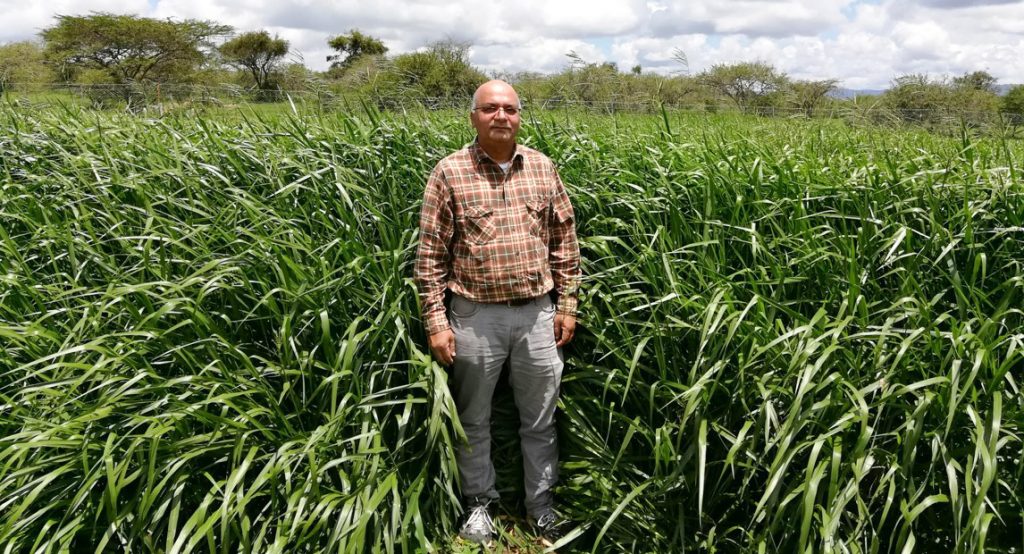
M: Why did BecA-ILRI Hub choose to work with Brachiaria grass as a means of improving livestock productivity in sub-Saharan Africa (SSA)?
S: Low livestock productivity has plagued sub-Saharan Africa for a long time, creating amongst other things, a severe food shortage for one of the fastest growing human populations in the world. Some of the major factors that contribute to these are feeds shortage and low-quality feeds. Brachiaria provides a solution because it produces a large amount of high-quality biomass that improves the availability of quality feed, its high nutrient value increases livestock productivity of meat and milk and reduces the overall carbon footprint of the livestock production system. Brachiaria additionally tolerates extreme climatic conditions and grows well in low fertile soils. It makes for a great substitute to other forage grasses such as Napier grass which is widely cultivated in sub-Saharan Africa.
M: Would you recommend Brachiaria grass over other forage crops e.g., Napier grass that has been a popular forage for a long time in East Africa?
S: Though Napier grass is very popular in East Africa, its productivity has been on the decline over the years due to smut and stunt disease attacks. The introduction of Brachiaria grass has provided an additional forage option to farmers and helped to bridge the livestock feed supply gaps especially during the dry seasons. Brachiaria grass is one of the top-ranked tropical forages for nutritive value, livestock productivity and climate change adaptation. It is suitable for both grazing and cut and carry systems.
M: What are the main activities that the Climate-smart Brachiaria program at BecA-ILRI Hub carries out?
S: The program provides technical support to National African Research Systems (NARS), non-governmental organizations, and the private sector on Brachiaria grass production and forage biosciences; carries research on Brachiaria grass diseases management; develops Brachiaria-legume cropping system for soil fertility management; identifies Brachiaria seed production niches in Africa; and discovers and uses plant beneficial microbes to enhance resilience and productivity of Brachiaria grass in sub-Sharan Africa.
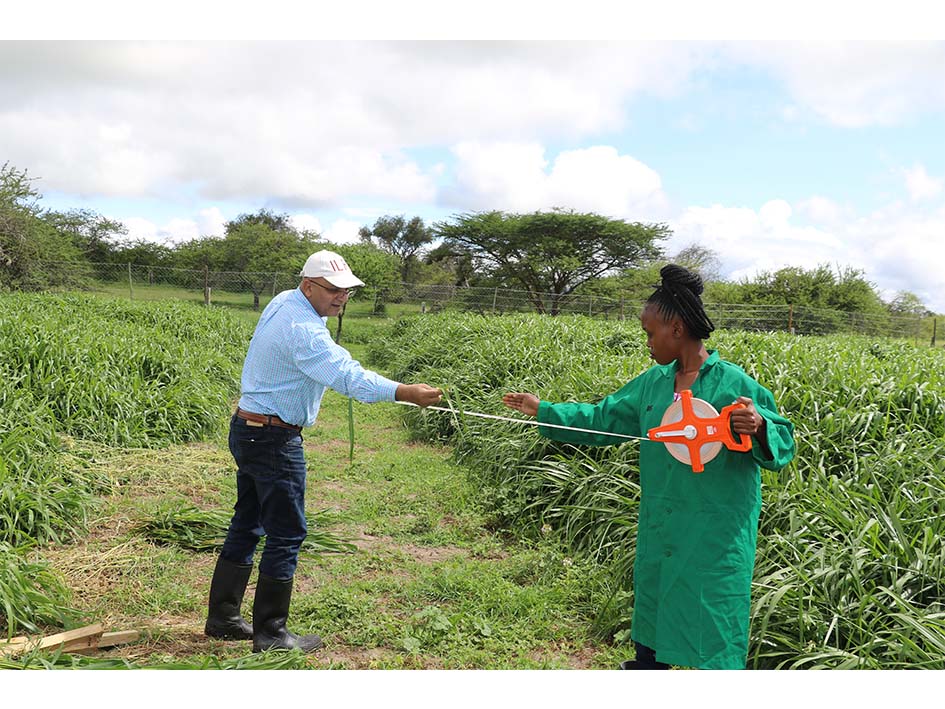
M: Most livestock farmers in SSA are small-scale producers who do not have much land to grow their food let alone grow fodder, how do you encourage them to adopt Brachiaria grass?
S: The transformation of the livestock sector in Africa depends on intensification of livestock production systems. Improved forages like Brachiaria grass are a great resource that play a major role as a source of high-quality feed at a low cost. Planting Brachiaria grass in farmlands improves feed availability, enhances livestock productivity, and generates income for livestock farmers. It also protects soil from erosion and sustains soil fertility. Due to these benefits many livestock farmers especially those with smaller land sizes are dedicating more land under Brachiaria grass, with some farming it in place of staple food crops.
M: How many varieties/cultivars of Brachiaria are available to farmers in Kenya and how many other countries in SSA have benefitted from the Climate-smart Brachiaria program?
S: Basilisk, MG-4, Piata and Xaraes are the Brachiaria varieties that are being promoted by ILRI and Kenya Agricultural and Livestock Research Organization (KALRO) in Kenya. These cultivars are currently undergoing the registration process in Kenya. The seeds of these cultivars are available in limited quantities in Kenya through KALRO. Hybrid seed cultivars like Mulato II, Cayman and Cobra are also being sold in Kenya. So far, about 40,000 farming households in 18 countries in SSA are beneficiaries of the Climate-smart Brachiaria program.
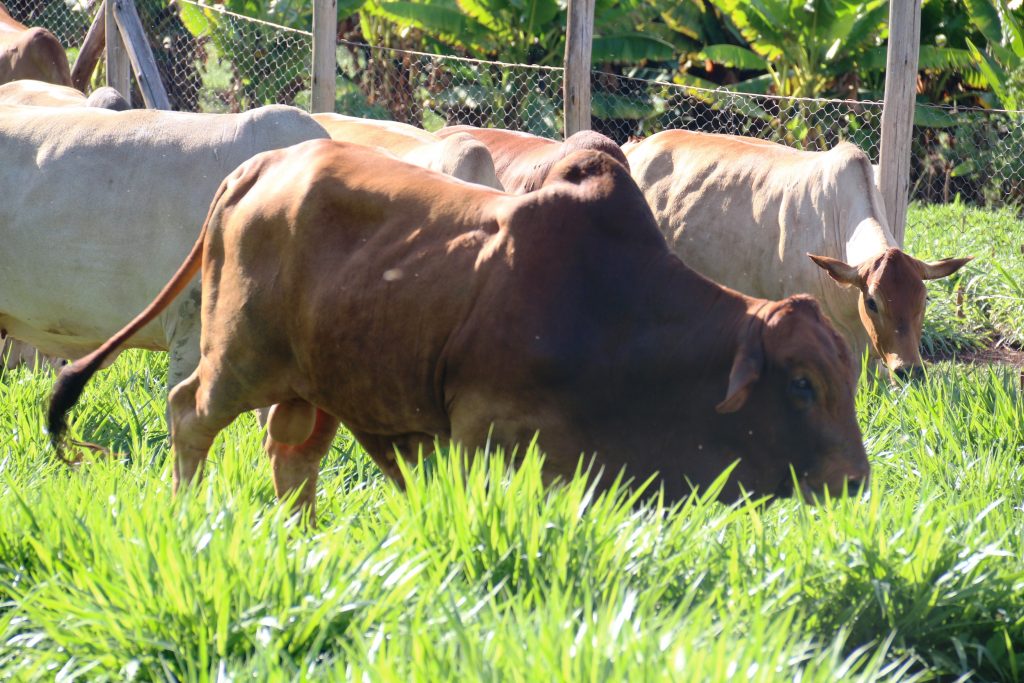
M: How else can farmers use this “wonder grass?”
S: Brachiaria grass can be used as a bioenergy crop to produce biofuel.
It can also be used in crop protection, soil conservation and has great environmental qualities.
Farmers can use Brachiaria to generate income by producing and selling hay. Additionally, the production of rooted tillers as a means of planting materials has recently emerged as a new avenue for agro-business for youth and women in the SSA region.
M: How long does it take for Brachiaria grass to grow to its full height and nutrient potential after planting?
S: The height and time it takes for Brachiaria to attain it is influenced by various factors such as the variety, altitude, soil fertility and other agro-climatic conditions. At the ILRI Nairobi campus, the grass grows to a full height of 1.8 metres. Most varieties take about four to five months to attain their full height. The nutritive value of forage declines as it matures, it is therefore important to identify the right harvesting time with the perfect balance of biomass and nutritive value. For good quality hay, Brachiaria should be harvested prior to flowering.
M: What are some of the challenges that farmers might expect to face while growing Brachiaria grass?
S: The major challenges could be pests and diseases and a decline in soil fertility if manure and fertilizers are not applied on a regular basis.
